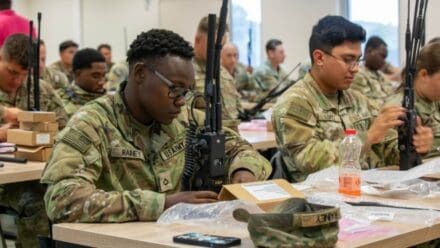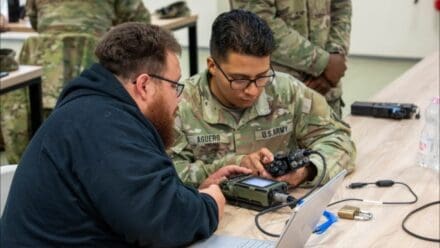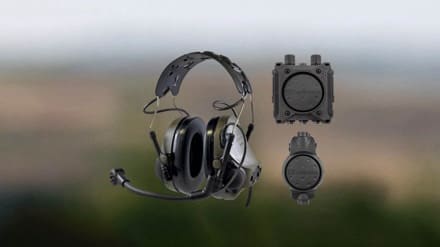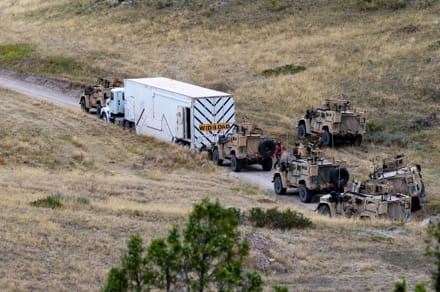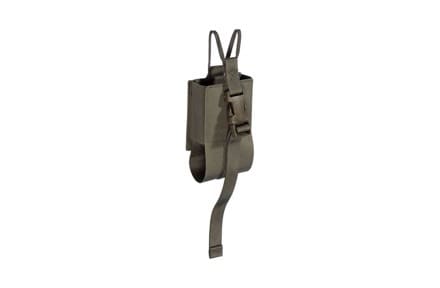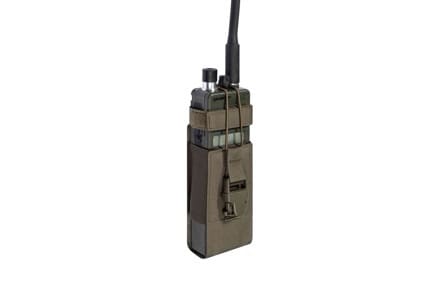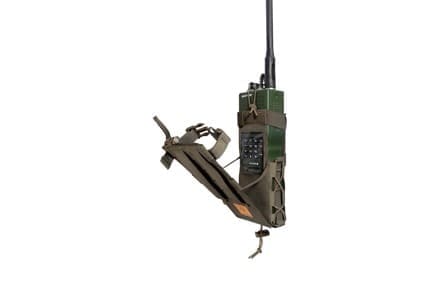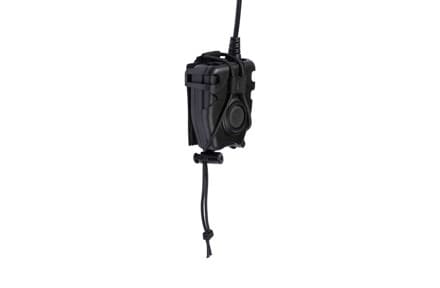Purchased mobile ad hoc networking (MANET) equipment will support U.S. Marine logistics in EUCOM Theater
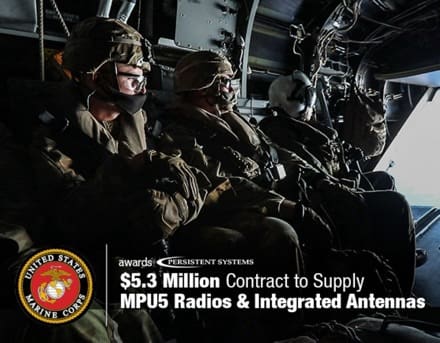
September 18, 2024 – Persistent Systems, LLC (“Persistent”), a leader in mobile ad hoc networking (MANET), announced today a $5.3 million sale of MPU5 MANET devices, Rugged Display & Controllers (RDCs), and Integrated Sector Antennas to the U.S. Marine Corps in support of the 2nd Marine Logistics Group.
The sale of the MANET equipment, including C-Band and L-Band RF cards, follows a similar acquisition of S-Band RF cards by the Marines in January 2023 to advance their logistics networking capabilities in the EUCOM and CENTCOM regions.
“The Marine Corps is undergoing a force design and modernization effort to deal with near-peer competition,” said Luke Wood, Persistent Systems VP of Business Development, U.S. Navy/Marine Corps. “They are looking into reliable high-bandwidth commercial technologies to solve their operational requirements, and we’re supporting that campaign of learning, both at the headquarters and operating forces level.”
Purchase of the MPU5 provides the Marines with access to the Wave Relay® MANET algorithm for peer-to-peer sharing of voice, video, text, sensor, and GPS data. The MANET provides immediate network access and interoperability with other network-based platforms fielded by the Marine Corps and international partner forces.
All network data stored on the MPU5 is viewable on the RDC for increased situational awareness and command-and-control of unmanned systems. Additionally, rapidly mounted Integrated Sector Antennas (to poles, masts, or towers) extend the range of the MANET “bubble” created by the MPU5s.
“The MANET equipment will go to a few logistics battalions for vehicle-to-vehicle and dismounted security force communications,” said Wood. “The rest will be deployed as needed for advanced expeditionary bases, logistics hubs, and other logistics missions.”
Extended network range will allow Marines to share video more widely from previously disconnected EO/IR video cameras, unmanned aircraft systems, and explosive ordinance disposal robots.
“All this enables the Marines to make sense of the battlefield and coordinate against adversary platforms and formations,” he said.
Persistent will continue to support the service’s manned and unmanned ground combat vehicle efforts, as well as manned and unmanned maritime vessels.


